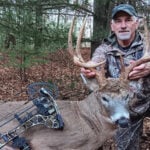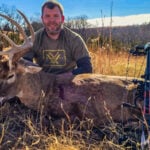Some years ago, nonresident bowhunters started learning that Kansas produces world-class whitetail bucks – a secret Kansas residents had apparently kept for years, even into the mid-1990’s. Of course, non-resident hunters began spilling their guts about monster bucks they’d seen in the Sunflower State during intermittent discussions with family and friends back home. Inevitably, those family and friends went and saw for themselves, thereby creating a domino effect.
Meanwhile, outdoor-TV shows have been promoting the living snot out of Kansas ever since. Today, Kansas is busy with hunters, and it’s no longer a best-kept secret. It hasn’t been for longer than a decade. So, the question is this: Is Kansas all it’s cracked up to be?
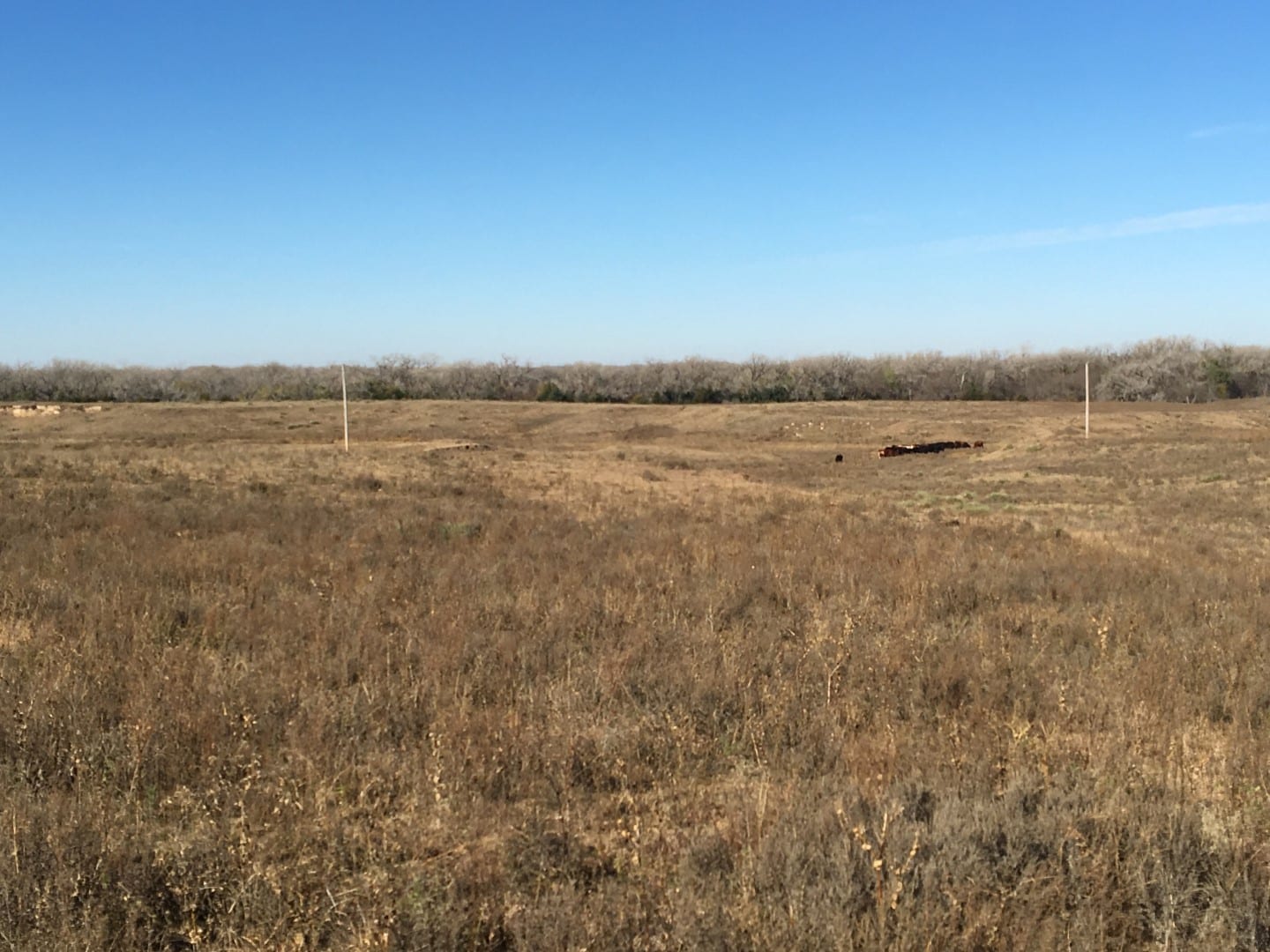
Last season I hunted many hours on a state wildlife area in Kansas, only to see young bucks and does from early to mid-November. It’s not the easy hunt that outdoor TV portrays.
Let’s review some insights I’ve gleaned by hunting in Kansas, talking with Kansas game wardens and biologists and both resident and non-resident hunters.
My brother, Joe McDougal, hunted Kansas for many years before I made my inaugural visit in 2007. Joe hunted a state wildlife area and, during several seasons, he saw at least one buck that would score higher than 200 inches. During that time he arrowed bucks scoring 177, 151 and 130, plus multiple bucks with wacky antlers that scored lower. He also missed a huge typical he believes was in the 190 class.
Progressively the area became saturated with bowhunting pressure and my first visit there was when the hunting quality was making its downward spiral. I saw very few bucks, and I misjudged a buck chasing a doe for a larger buck. Consequently, he ground-shrunk majorly when I retrieved him.
Just a few short years later, the area was a bust. Most visiting bowhunters started pulling 2- and 3-year-old bucks from the once-hot spot left and right. Why? Because a young Kansas buck with good genetics is an outstanding deer for bowhunters traveling from states like Michigan, Pennsylvania and the like. But, by Kansas standards, such bucks are just beginning to show potential. Shooting them has caused age class and deer numbers to suffer.
Inevitably, EHD made a sweep through Kansas, greatly affecting the mature-buck population in many areas. That seems to be on the mend now, but with hunting pressure at all-time highs, it’s taking longer to recover some of the age structure that was lost not so long ago.
As I write this, I’ve been bowhunting another wildlife area in Kansas for 10 days. I hoped it wouldn’t be busy, but every place that looks promising on Google Earth is already occupied by a stand or two. The place is crowded and I have yet to see a shooter while hunting. Despite that, I did see the largest wild whitetail I’ve ever laid eyes on in the headlights one morning while driving to my hunting location. So while Kansas deer hunting may be tough, it’s sightings that like that keep bowhunters like myself grinding it out year after year.
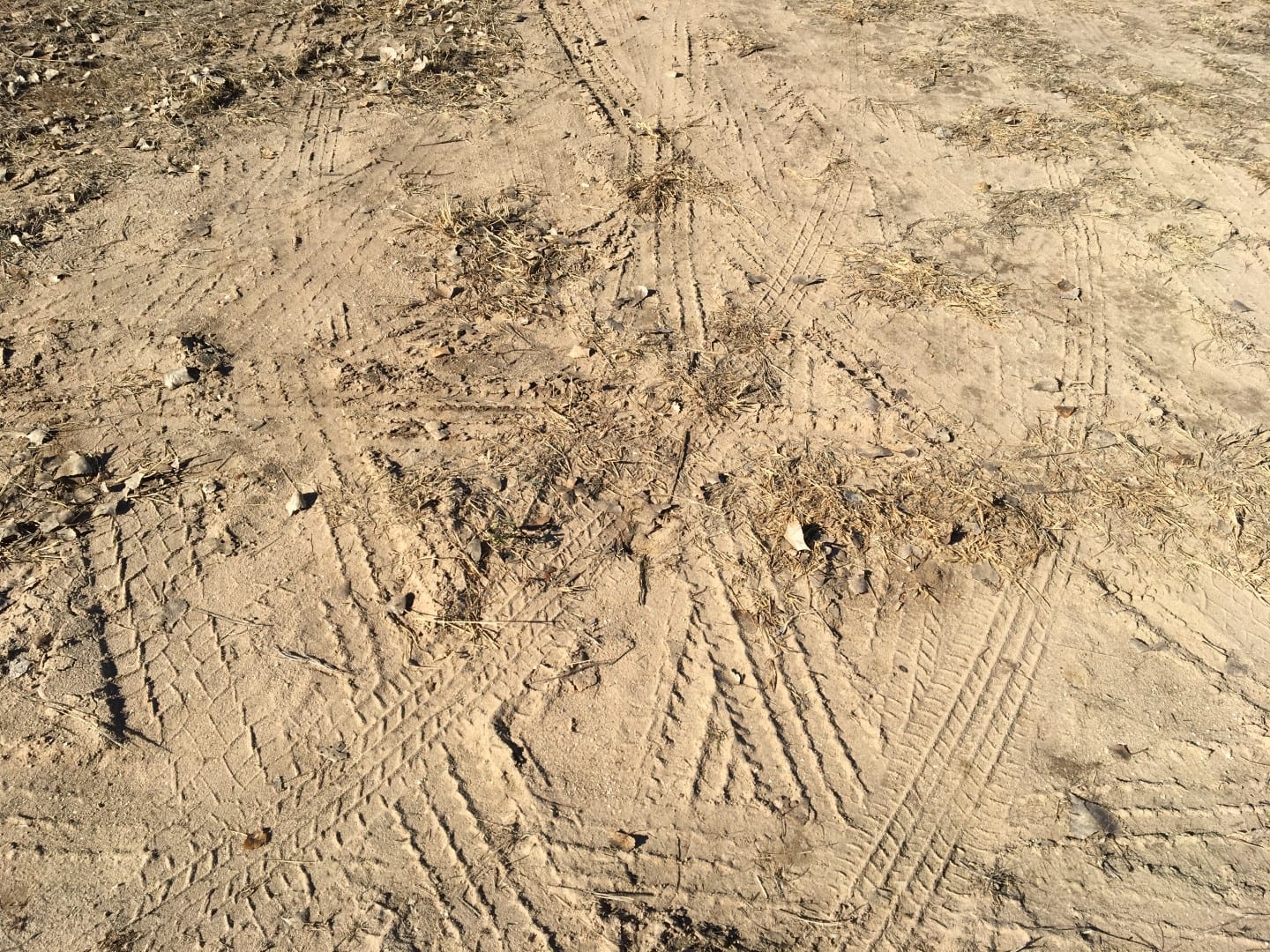
This is just one of the many parking areas at the state wildlife area I hunted last season. As you can see, the area was busy with other hunters.
I’ve seen a few decent bucks while driving around, but none on public land. Sure, great bucks live here, but it’s not the easy hunt outdoor TV implies. In fact, this Kansas hunt is turning out to be one of the most difficult whitetail hunts I’ve done recently, and not only because of hunting pressure, but also the lack of rutting behavior. And I’ve been here since November 4. This is supposed to be the premier time to be here. Again, it doesn’t always go as outdoor TV portrays.
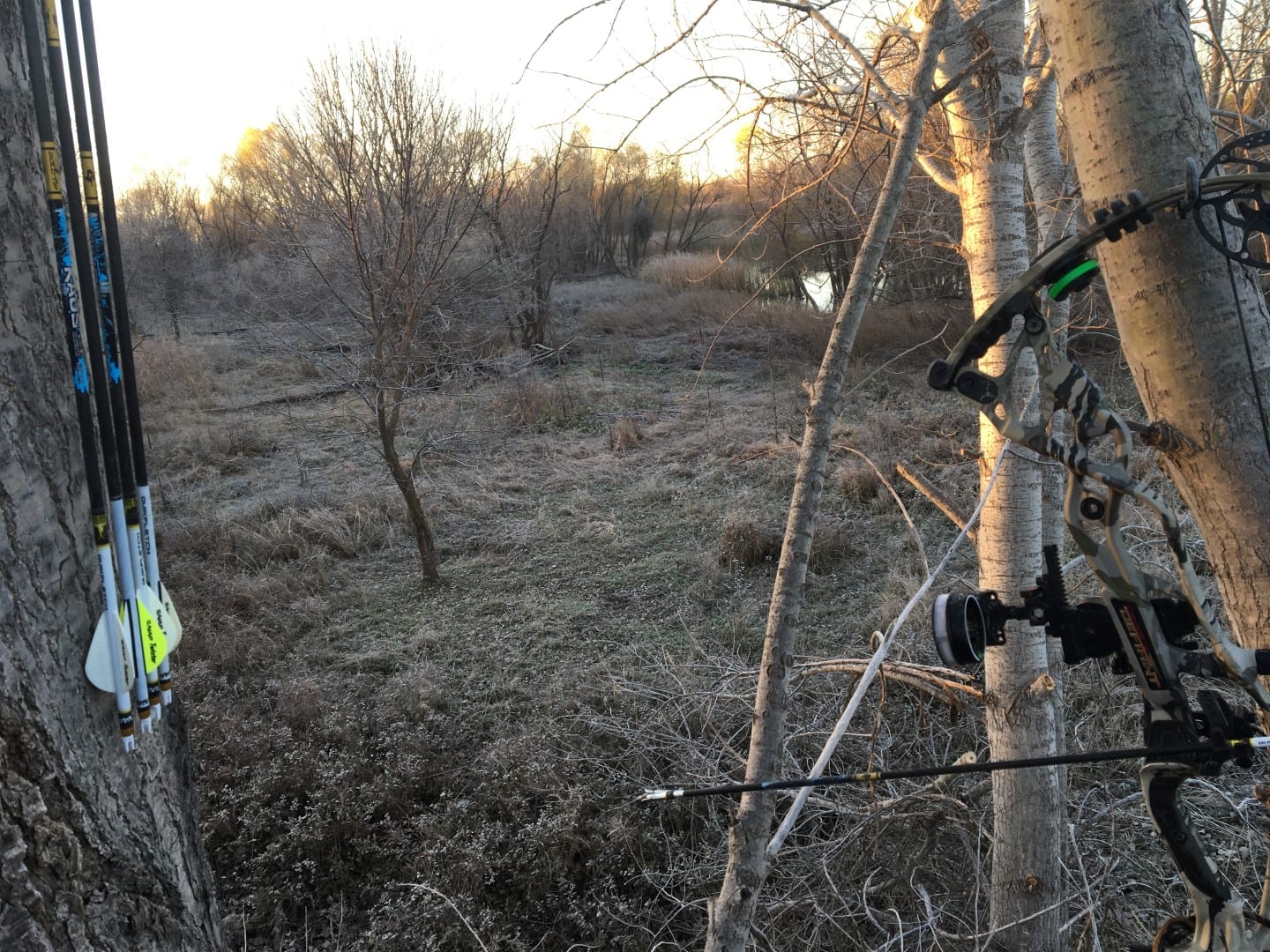
This was the only stand location where I wasn’t covered up in pressure from other hunters. Still, I saw zero mature bucks while hunting it.
Interestingly, most locals who are hunting premium real estate are seeing little to no mature-buck movement as well. Others who’ve been hunting this wildlife area for years are saying this is the worst hunting they’ve seen here yet, and that it’s progressively worsened over time. That’s not to say killing a mature buck here is impossible. It isn’t. It’s just very difficult, like anywhere else big bucks live. Trail camera data tells me that the bucks are here, however finding them in daylight and getting them close enough for a shot is another story. Kansas deer hunting, for all it’s made out to be, can still be as frustrating as anywhere else.
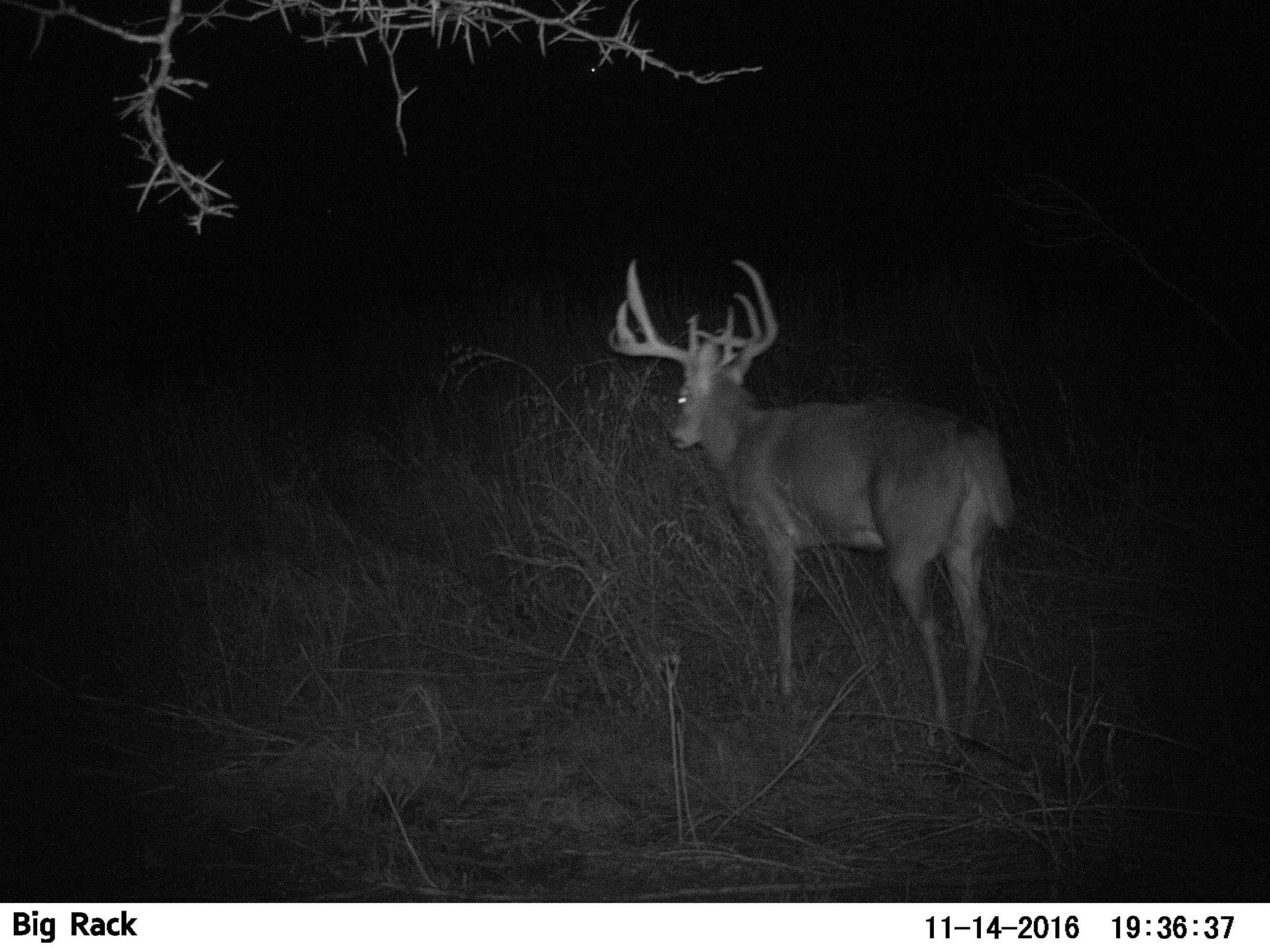
Trail cameras confirm there are good bucks on Kansas public land. But what good does one nighttime image of such a buck do you?
Let’s discuss some of the factors which have negatively affected Kansas deer hunting as we once knew it.
First, deer permits aren’t difficult to obtain like they once were. I drew my 2016 Kansas deer hunting tag without preference points. Many hunters I visited with and I agree that everyone would have a better hunt if we weren’t tripping over one another. Furthermore, the somewhat liberal permit numbers mean that, statistically, more bucks will be killed. Of course, many of those will be 2- and 3-year-old bucks. That quickly reduces age class and antler quality.
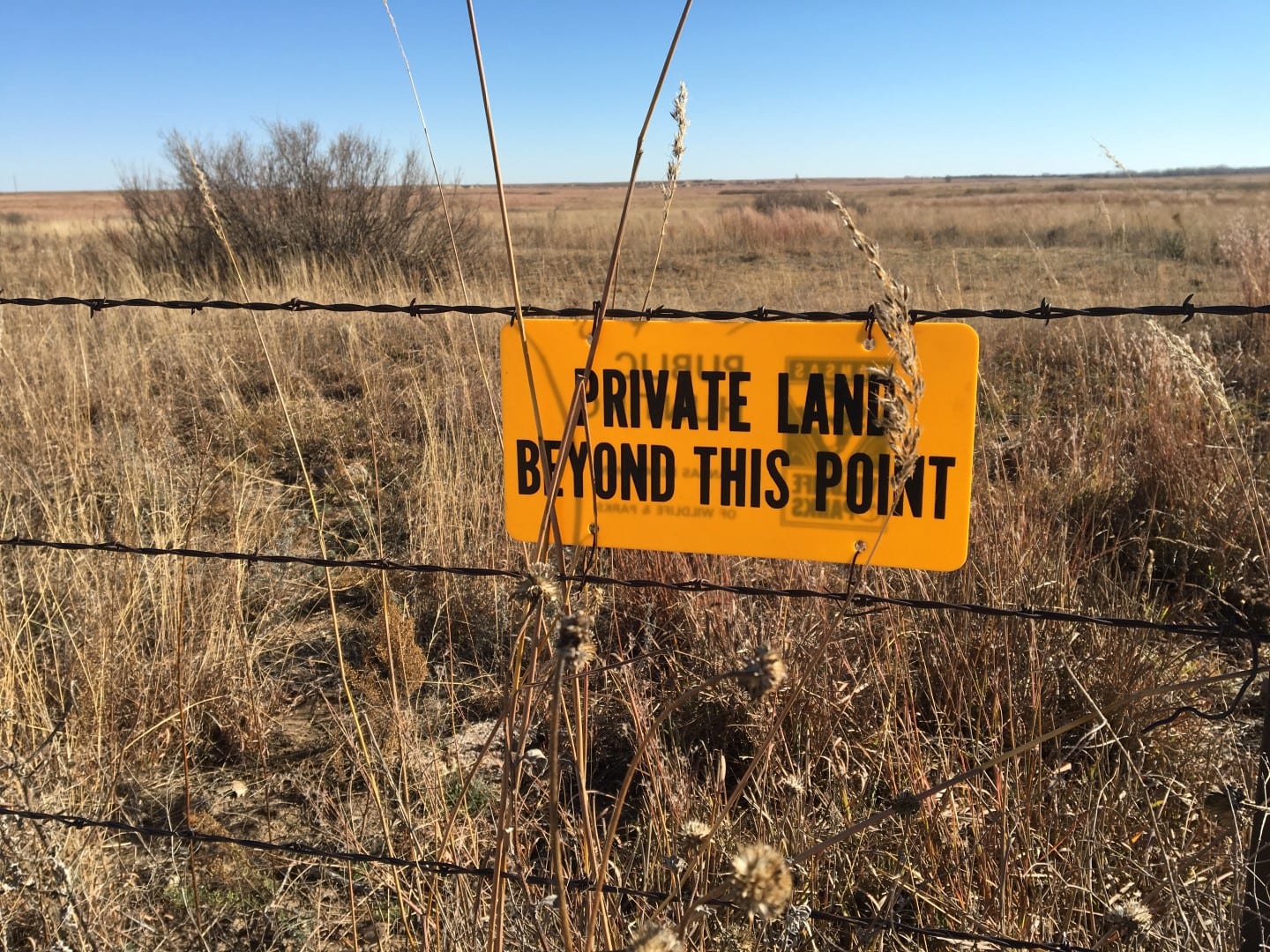
Kansas’ best whitetail hunting is done on private lands. Gaining permission is difficult now because most landowners have learned to make money by outfitting or leasing land for premium prices.
Still, Kansas annually produces giant bucks, and though I have yet to nail one of my own, it arguably is a better place to hunt than most whitetail states of the Midwest or East coast. Still, I’m hoping permits will become more difficult to obtain so that age class and antler quality improve – particularly on the state’s public lands – and hunting pressure reduces. Personally, I prefer to hunt lands where going deep means evading the pressure.
Despite my best efforts in fall 2016, I simply couldn’t find good places to hunt where I wasn’t within 100 yards of another hunter. It made for a frustrating, and ultimately an unsuccessful, hunt.

 By
By 

